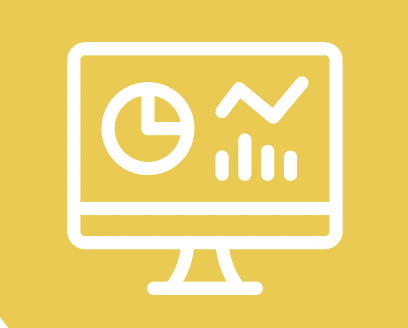Data and Measurement Capacity Research Brief

Summary
Data and measurement capacity refers to an organization’s ability to track, analyze, and make meaning of important program and operational data, which allows the team to learn about what is working and what can be improved to advance program goals. In the social sector, measurement allows nonprofits, funders, and other agencies to track progress towards intended outcomes, ensure programs are being implemented as designed, unearth new areas and avenues of improvement, communicate success and progress to funders and partners, and gain new insights over time about what works.
When organizations have the capacity to analyze and evaluate their work, they are better able to implement interventions as intended and understand where implementation has deviated from the plan. This includes strengthening staff capacity to use and understand data, as well as directing resources to build, maintain, and improve measurement systems. Equally important is building a feedback loop to evaluate the success of the intervention and provide information on how to further improve implementation. Progress and quality should be evaluated based on internal organizational goals and performance objectives, as well as by external benchmarks gathered through prior research (such as through monitoring fidelity to a proven model). Any adjustments that follow should be evaluated regularly as well, creating a cycle of feedback and improvement which ultimately benefits the service population and helps the organization achieve its outcomes.
In particular, the ability to disaggregate data and analyze it to understand trends in who is served (or who isn’t) and how outcomes do (or do not) vary depending on service participants’ identities is critical for program quality and mission achievement. Accurate and accessible data that breaks down outcomes by race and income helps to highlight disparities that would otherwise remain unknown. The disaggregation of racial, ethnic, and income data furthers an organization’s interests in racial and economic equity by providing deeper insight into the root causes of disparities and inequities. Those insights inform program and policy decisions that can better address the identified root causes and reduce or eliminate disparities. The data becomes trackable over time, providing an opportunity to monitor and evaluate interventions to ensure continued equity in service provision and outcomes.
Central to high-quality data and measurement capacity is the development of a performance measurement framework, a culture of learning which encourages performance measurement, and a workable system for integrating performance measurement into an organization’s existing structure. Best practices for strengthening data and measurement capacity are described in the downloadable report.
With Us

